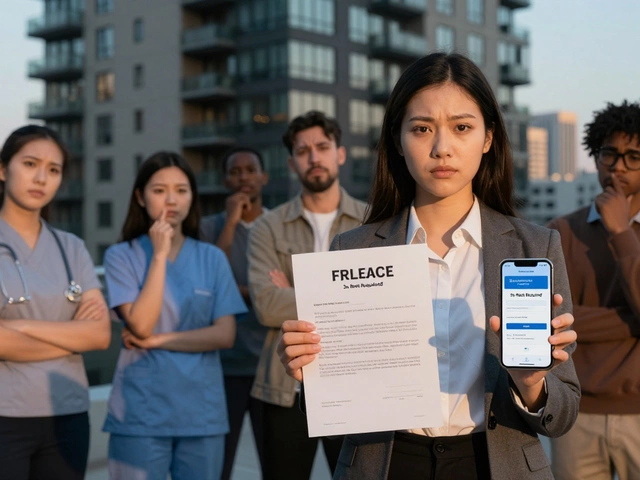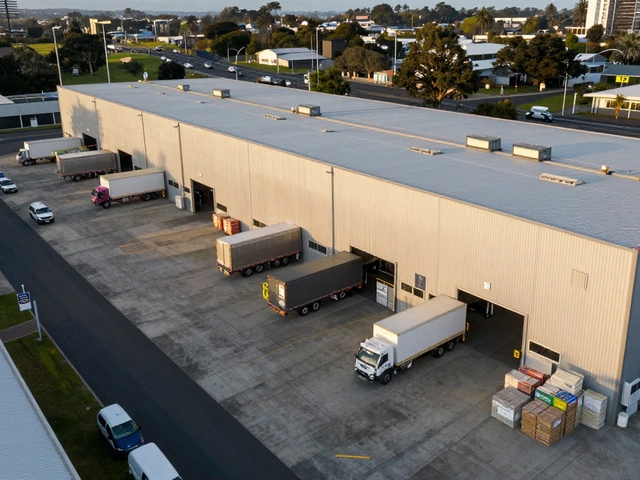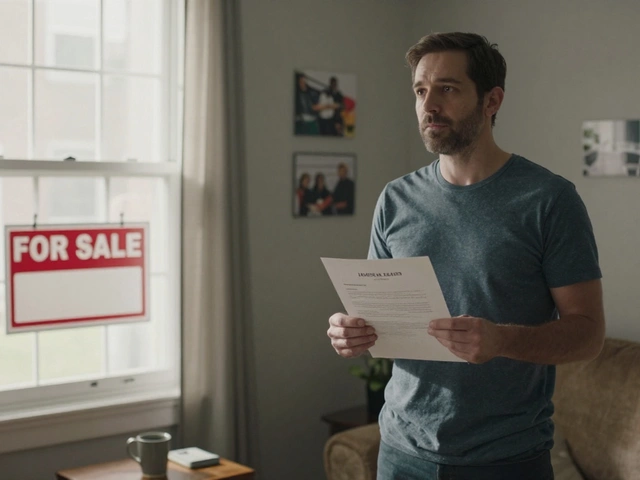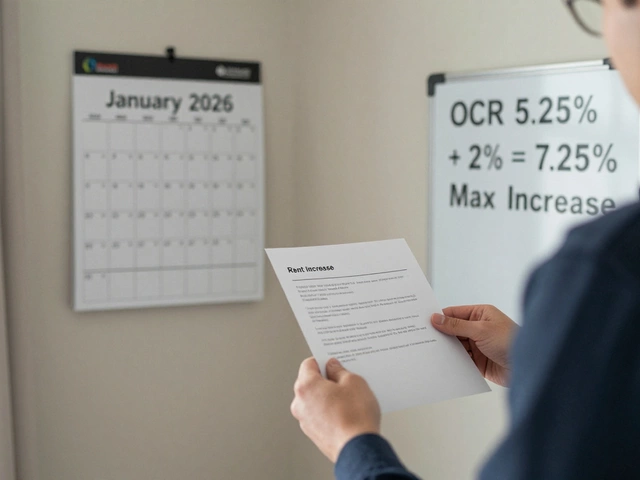How Long Does It Take to Make a Profit on a Rental Property?
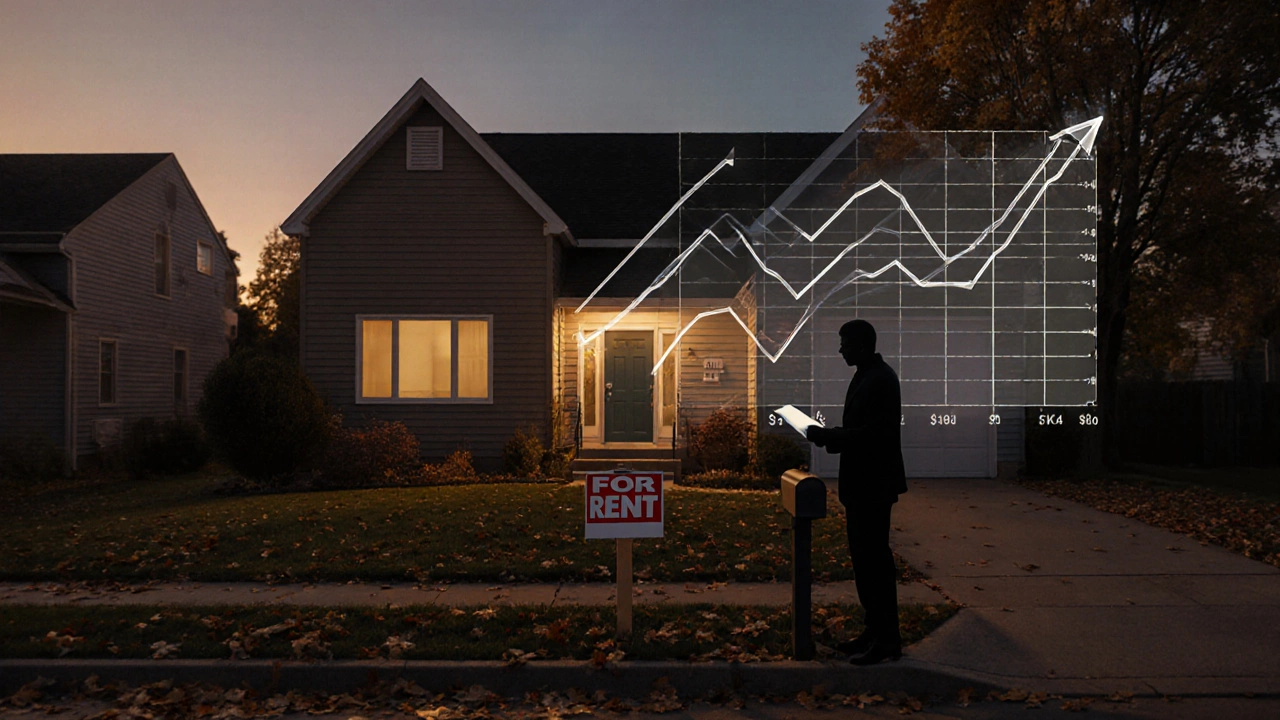
Rental Property Profit Calculator
Property Investment Calculator
Buying a rental property isn’t a get-rich-quick scheme. It’s a slow-burn investment that rewards patience, smart buying, and steady management. So how long does it actually take to make a profit? The answer isn’t a single number-it depends on your down payment, location, rent prices, expenses, and whether you’re chasing cash flow or long-term equity. Some investors break even in 18 months. Others take five years just to cover costs. Here’s what really matters.
Breaking Down the Costs: What You’re Really Paying
Most new landlords think profit means rent minus the mortgage. That’s a mistake. Your real costs include:
- Mortgage payment (principal and interest)
- Property taxes (can rise yearly)
- Insurance (landlord policies cost more than homeowners)
- Maintenance and repairs (1% to 3% of property value per year)
- Vacancy (plan for 5-8% of annual rent lost to empty units)
- Property management fees (if you hire someone-usually 8-12% of rent)
- Utilities (if you pay for water, trash, or landscaping)
- Legal and administrative costs (lease prep, evictions, accounting)
Let’s say you buy a $300,000 rental property with a 20% down payment ($60,000). Your mortgage is $240,000 at 6.5% interest over 30 years. That’s about $1,520 monthly for principal and interest. Add $400 in taxes, $150 in insurance, $200 in maintenance, $120 in vacancy buffer, and $150 in management fees. Total monthly expenses: $2,540.
If you rent it for $2,700, you’re making $160 a month before taxes. That’s positive cash flow-but it’s not profit yet. You haven’t recovered your $60,000 down payment. That’s the real starting line.
When Do You Actually Break Even?
Break-even means you’ve earned back your entire upfront investment through net cash flow. No more, no less. In the example above, $160/month adds up to $1,920 a year. To get back $60,000, you’d need 31.25 years. That’s not right.
Wait-you forgot about appreciation. And tax benefits.
Most people don’t count equity growth as profit until they sell. But if you’re holding the property long-term, your equity builds automatically. Every mortgage payment reduces your loan balance. In the first year, you might pay $5,000 in principal. That’s $5,000 in forced savings. Add $6,000 in property value growth (a conservative 2% in many markets), and your net worth in the property jumps by $11,000 in year one.
So if you’re looking at total return-not just cash flow-you’re already ahead. The true break-even point isn’t when rent covers expenses. It’s when your total equity (down payment + principal paid + appreciation) equals or exceeds your total cash outlay.
In a strong market, that can happen in 3 to 5 years. In a flat market, it could take 8 to 10. Location is everything. A property in Austin, Texas, with 5% annual appreciation and 8% rental yield might hit break-even in 4 years. One in Cleveland with 1% appreciation and 5% yield could take 12.
Cash Flow vs. Equity: Two Different Profit Paths
There are two ways to profit from rental property:
- Cash flow profit: Monthly money in your pocket after all costs.
- Equity profit: Value increase over time, unlocked when you sell or refinance.
Some investors want cash flow right away. They buy in lower-cost markets-like Detroit, Memphis, or Birmingham-where rents are high relative to purchase price. A $100,000 home renting for $1,200/month can give you $300-$500 net cash flow after expenses. That’s 3.6% to 6% monthly return on your $60,000 down payment. You’re making profit from day one.
Others buy in high-appreciation areas-like Denver, Seattle, or Miami-where rents are lower but prices rise fast. You might break even on cash flow in 10 years, but your property could double in value in 7. That’s a $200,000 gain on a $100,000 purchase. You didn’t get rich from rent-you got rich from timing and market trends.
The smartest investors do both. They buy in markets with decent cash flow and solid appreciation potential. That’s rare, but it exists. Look for cities with job growth, population inflow, and limited housing supply.
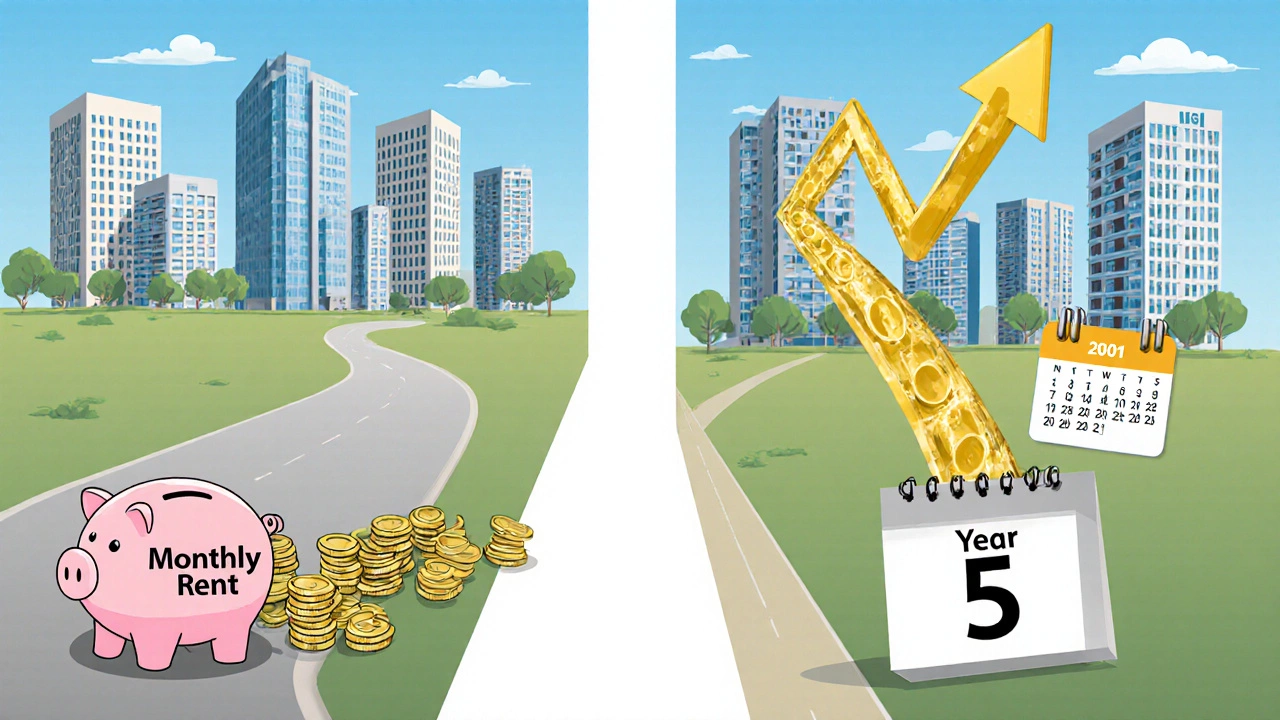
The Role of Taxes and Depreciation
You’re not paying taxes on your full rental income. The IRS lets you deduct depreciation. For residential rental property, you can depreciate the building (not the land) over 27.5 years. So if your $300,000 property is worth $250,000 in building value, you can claim $9,090 in depreciation each year.
That means if your net income is $2,000 a year, you might report $0 taxable income thanks to depreciation. You’re not getting a refund-you’re deferring taxes. But that’s still profit. That $2,000 stays in your pocket, tax-free, while your equity grows.
When you sell, you’ll pay capital gains tax and recapture depreciation. But if you hold it long enough, you might qualify for the 1031 exchange-rolling your gains into another property and delaying taxes indefinitely.
What Slows Down Profit?
Three things kill rental profitability:
- Overpaying for the property-Buying at the top of the market means you need years of appreciation just to get back to even.
- Underestimating expenses-One major repair (roof, HVAC, plumbing) can wipe out six months of profit.
- Chasing high rent with poor tenants-High rent attracts bad tenants. Bad tenants cause damage, skip rent, and cost more in legal fees than they pay.
Many people lose money in the first two years because they bought a property they couldn’t afford to hold through a downturn. If your cash flow is barely positive, you’re one emergency away from losing money.
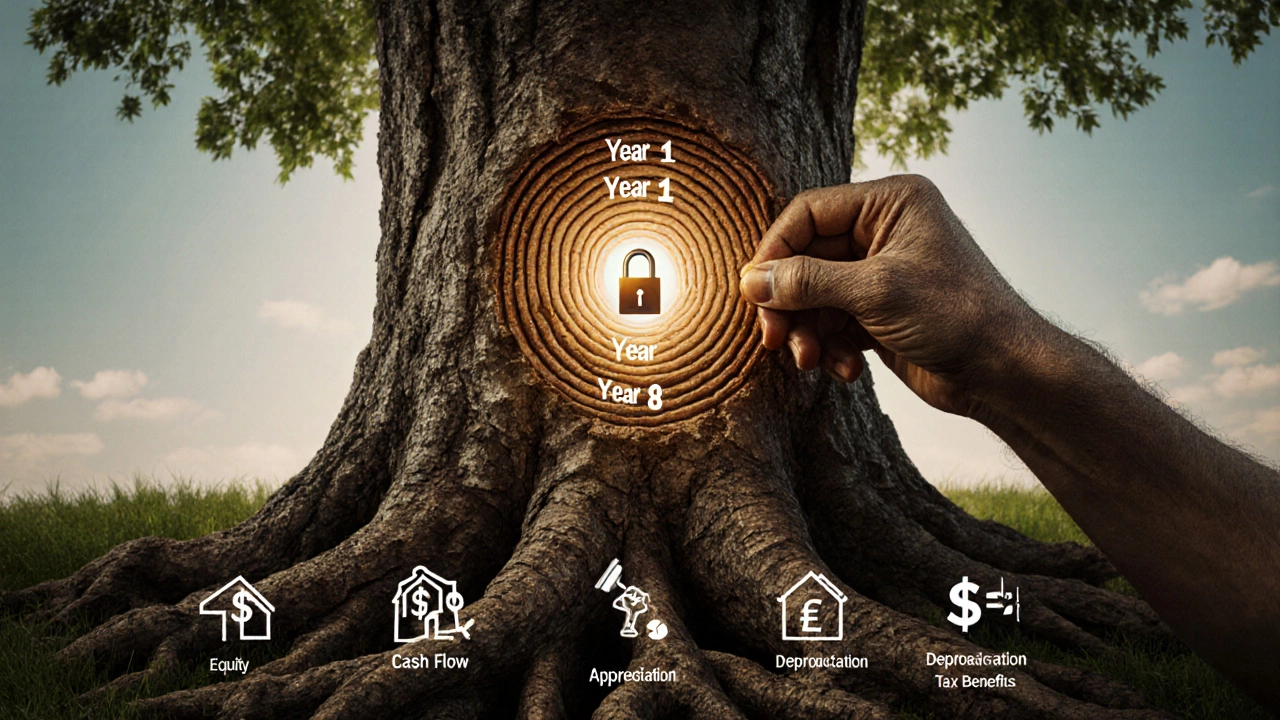
Real Examples: What’s Happening Right Now
In 2025, here’s what investors are seeing:
- Phoenix, AZ: $280,000 home, $2,100 rent, $1,800 monthly expenses. $300 cash flow. 2.8% appreciation. Break-even on equity: 6 years.
- Buffalo, NY: $150,000 home, $1,400 rent, $1,100 expenses. $300 cash flow. 0.5% appreciation. Break-even on cash flow: 20 years-but equity grows slowly.
- Orlando, FL: $320,000 home, $2,400 rent, $1,900 expenses. $500 cash flow. 4.2% appreciation. Break-even on total return: 4.5 years.
Notice how Orlando wins on both fronts. That’s the sweet spot.
How to Speed Up Profit
You can’t control the market-but you can control your choices:
- Buy below market-Look for fixer-uppers, estate sales, or properties with motivated sellers.
- Negotiate lower interest rates-A 5.5% mortgage instead of 6.5% saves $150/month on a $240,000 loan.
- Manage your own property-Save 10% in management fees by handling tenants yourself.
- Improve the property-A new kitchen or HVAC can boost rent by $200-$400/month.
- Use a 1031 exchange-Reinvest profits into better properties instead of cashing out.
The fastest way to profit? Buy in a growing market, keep expenses low, and hold for at least 5 years. Don’t rush the sale. Let compounding work for you.
When Should You Sell?
Selling isn’t the goal. Building wealth is. But sometimes it makes sense:
- Your property has doubled in value and you need to cash out for a bigger investment.
- Market conditions are hot and you can’t find another good deal.
- You’re tired of managing it and want to retire from being a landlord.
- Tax laws change and holding it becomes less advantageous.
Never sell just because you’re impatient. If you’ve held for 7+ years, you’ve likely made more from appreciation than rent. That’s real profit.
Profit on a rental property isn’t about months. It’s about years. The best investors don’t count days-they count decades.
Can you make a profit on a rental property in the first year?
Yes, but only if you bought wisely. In markets with high rental yields and low prices-like parts of the Midwest or Southeast-you can have positive cash flow from month one. But true profit-recovering your down payment and gaining equity-usually takes 3 to 7 years. First-year profit is often just cash flow, not net worth growth.
Is it better to buy in a high-appreciation city or a high-cash-flow city?
It depends on your goal. If you want monthly income, go for high cash flow: lower-priced homes in affordable markets. If you want long-term wealth, choose high appreciation: cities with strong job growth, population influx, and limited housing supply. The best strategy combines both-buying where cash flow is decent and appreciation is steady, like Orlando, Austin, or Nashville.
How much should I save for repairs each month?
Save at least 1% of the property’s value per year. For a $300,000 home, that’s $2,500 annually, or $210 per month. If the property is older or has outdated systems, bump it to 2% ($5,000/year). Don’t skip this. One broken water heater can cost $3,000. Without a reserve, you’ll be out of pocket.
Do property taxes affect how long it takes to profit?
Absolutely. Property taxes can rise 5-10% a year in fast-growing areas. That eats into your cash flow. In states like Texas, Florida, or California, taxes can be 1.5% to 2% of property value. That’s $4,500 to $6,000 a year on a $300,000 home. Always factor in rising taxes when calculating your break-even timeline.
What’s the average ROI on a rental property in 2025?
Average cash flow ROI is 5% to 10% annually. In high-appreciation markets, total return-including equity growth-can hit 12% to 18%. But these are averages. Your actual return depends on your down payment, financing terms, and local market conditions. A property with 8% cash flow and 3% appreciation gives you 11% total return-well above inflation.
Profit doesn’t come from luck. It comes from knowing the numbers, staying patient, and holding through the ups and downs. The rental market rewards those who think in decades, not months.

